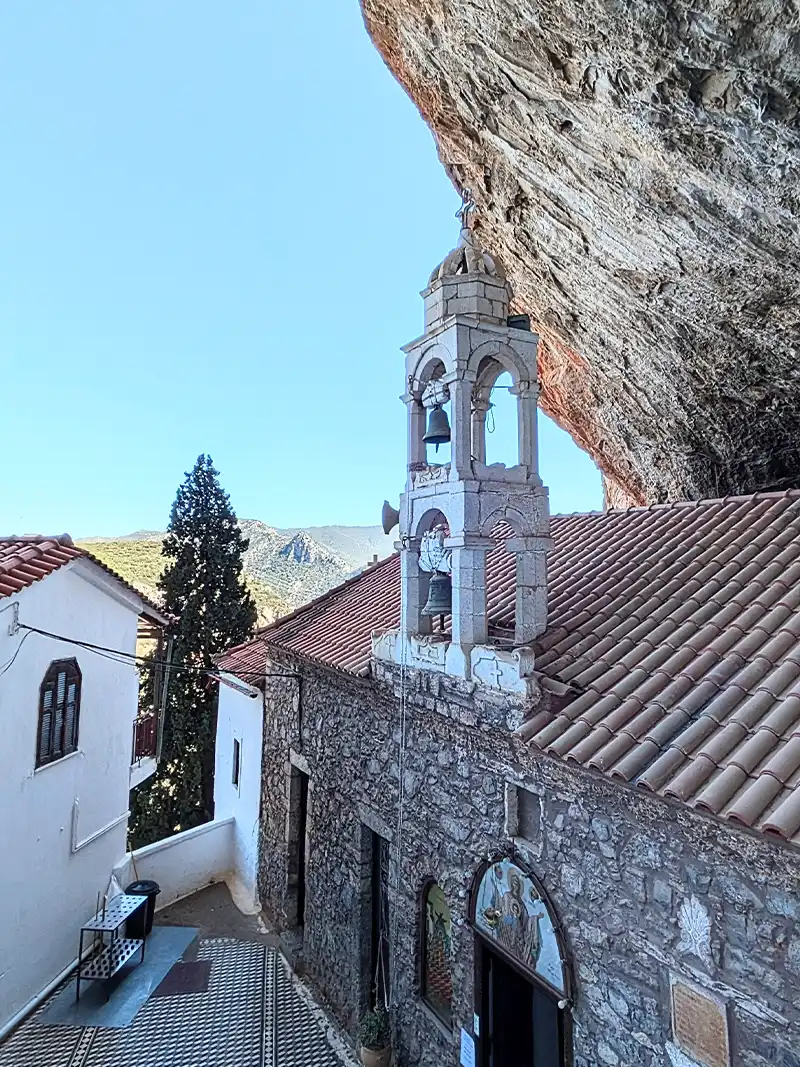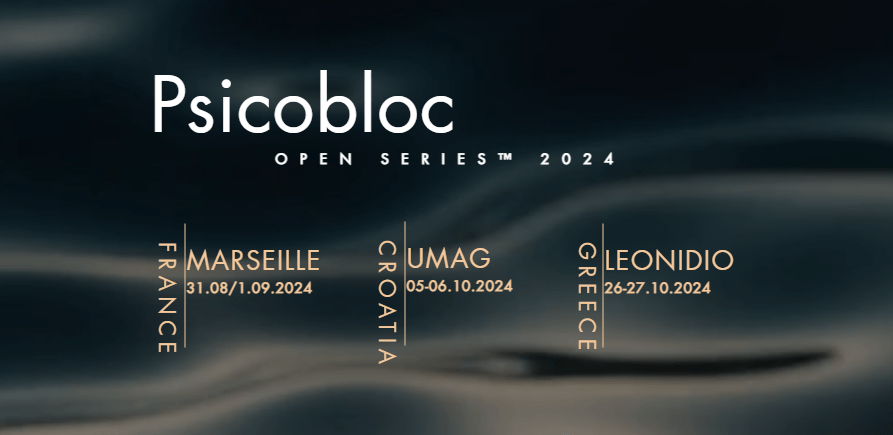Easter in Leonidio: A Magical Celebration

The "balloons" of Leonidiο: A Custom that Illuminates the
Resurrection
The Significance of Greek Easter
Before we dive into the festivities of Easter in Leonidio, it’s important to understand the significance of this holiday in Greek culture.
Easter is the most important holiday in the Greek Orthodox Church, and it is celebrated with great fervor and passion.
Greek Easter is also known as “Pascha” and is a time for both religious and cultural celebrations. It is a time for families to come together, attend church services, and enjoy traditional meals and activities.
The Holy Week in Leonidio
The week leading up to Easter, known as the Holy Week, is filled with religious services and traditions.
On Holy Thursday, the Last Supper is reenacted in churches and traditionally the practice of dying eggs red take place this day, in preparation for the feast on Easter Sunday. Also, from the morning, the residents of the village prepare the wreaths and flowers that will decorate the epitaphs the next day. Also, during the procession and on Resurrection Day, the entire central market is decorated with thousands of lanterns.
On Good Friday, from the morning the church bells ring in mourning, as it is a day of absolute mourning for Orthodoxy. The crucifixion of Jesus is commemorated and one of the most impressive events takes place, which is the Epitaph procession.
On the evening of Good Friday, the procession of epitaphs takes place in the neighborhoods of Leonidio from all the parishes, accompanied by the enchanting music of the philharmonic. Then all the epitaphs, which are impressively decorated, gather in Heroes’ Square. After the hymns are finished, each epitaph goes to his parish. The housewives, as the epitaph procession passes by the houses, light candles and burn incense on the balconies.
On Holy Saturday, the most significant event that is revived every year takes place – the Resurrection.
Before midnight people gathering in the churches’ squares for the big event. At midnight, the church bells ring, and the priest announces “Christos Anesti” (Christ has risen), to which the congregation responds “Alithos Anesti” (Truly He has risen). This is followed by a candlelit procession and a joyous celebration of the Resurrection.
At that moment, the custom with the hot air balloons starts. Residents light fires in the squares so that the first balloons begin to rise, setting fire to the ‘’kollimara’’ and holding it a little stable above the fire, the balloon fills with warm air and is released into the sky. This is carried out by all the parishes of the village, with the result of a sky lit up with thousands of balloons.
The next day is a celebration. In all the neighborhoods, residents gather in their yards, having barbecue, listening to music and dancing.
At the same time that morning, employees of the Municipality, serve wine and many traditional dishes in the square with the sounds of traditional music.
Continuing this magical festive atmosphere, in the afternoon, the Feast of Love takes place, where the gospel is read in the Tsakonian dialect and then, there is a music and dance performance by the dance group of Leonidio wearing traditional costumes.
The tradition of hot air balloons, or lanterns, in Leonidio dates back many years. Older people remember starting around 1910-1915, and it is assumed that the sailors of Leonidio brought it.
These balloons are made of paper of various colours forming a multitude of patterns and designs and a wreath at the bottom made of cane or wood. ‘’Κolimara’’ (a cloth soaked in oil) is placed at the bottom of the balloon, as by burning it, will push it towards the sky.
Residents and visitors often make their own lanterns, adding personal details and symbolism. Of course, there is plenty available for purchase in the village’s central shops for those who don’t have time to create their own but want to experience this custom.
‘’Hot air balloons’’ is a way to honor the Resurrection of Christ. It is a tradition that is kept alive from generation to generation and attracts more and more people from all over the world every year.
Traditional Easter Meals
No Greek holiday celebration is complete without delicious food, and Easter in Leonidio is no exception. Traditional Easter meals include “magiritsa,” a soup made with lamb offal, and “kokoretsi,” a dish made with lamb intestines.
The main dish is usually a whole roasted lamb, cooked on a spit over an open fire. This is accompanied by various side dishes, such as “tzatziki” (yogurt and cucumber dip) and “spanakopita” (spinach and feta pie). And of course, no Greek meal is complete without plenty of wine and ouzo.
In Conclusion
Whether you are a devotee who follows a religious ritual or just like to experience the tradition and culture of the area, Leonidio’s hot air balloons give you a spectacular sight that is sure to be remembered.
Easter is a popular time for tourists to visit Greece, and Leonidio is no exception. It’s best to book your accommodation about 2 months earlier to ensure you have a place to stay during your visit. Also don’t forget to reserve a table in advance to the local restaurants and taverns because it is very crowded during holidays.
We are here to welcome you and accompany you to this unforgettable experience!




